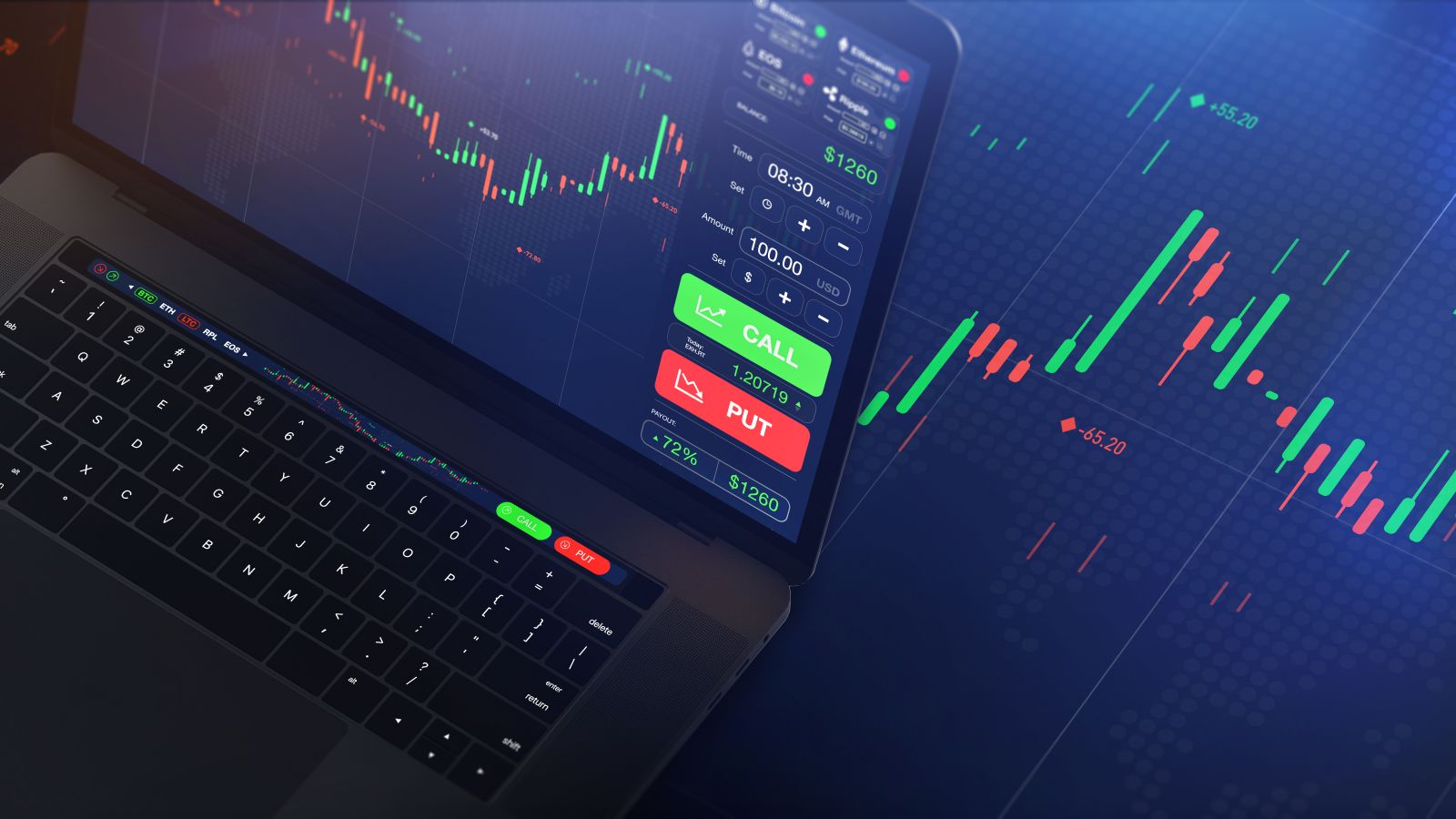
Adherents of technical analysis saw it coming a mile away. Prior to Friday’s ugly implosion of space-exploration specialist Intuitive Machines (LUNR), the equity itself appeared to be forming a head-and-shoulders pattern. When LUNR stock suffered its collapse, the trajectory was positive when compared to Tuesday’s intraday trough.
In another financial publication, I remarked that LUNR could see an initial pop — thus forming the second shoulder of the bearish head-and-shoulders pattern — before eventually collapsing. It’s turning out that the thesis was correct but the timing was significantly more accelerated than I imagined.
As such, I have zero choice but to respond to the present reality. There’s probably no “doubleheader” opportunity on the table. Moving forward, the trajectory for LUNR stock appears to be decisively bearish.
What got us into this mess? As Barchart content partner Motley Fool remarked, Intuitive’s valuation fell under intense pressure because of an unexpected challenge to the company’s latest lunar lander called Athena.
While it made it to the moon as previously envisioned, the lander touched down 250 meters from its intended landing point. Even worse, it landed on its side within a crater, meaning that onboard solar panels will be unable to charge the craft’s batteries.
If the situation sounds ugly, that’s because it is. Per Motley Fool, “the landing situation may mean that other key commercial payloads included in the mission were not able to work before the batteries were depleted.”
The incident also highlighted the difficulties associated with the space economy. Sure, analysts have waxed poetic about the potential trillion-dollar ecosystem. But space missions are super expensive. If companies continue to suffer setbacks like what we saw with Athena, the industry could shrink to just a few players.
Options Flow Data for LUNR Stock Could be Misleading
Given the fact that LUNR stock fell more than 22% on Friday, it was no surprise that it made up the ranks within Barchart’s unusual options volume indicator. At the time, total options volume reached 216,026 contracts versus an open interest reading of 437,027 contracts. Notably, this figure stood 190.47% above the trailing one-month average metric.
Still, investors may be surprised to learn the breakdown: traders exchanged 141,394 contracts of call options, while the put volume was only 74,632. This pairing yielded a put/call volume ratio of 0.53, seemingly indicating that more traders were buying calls than puts — a bullish implication.
However, a better (though not perfect) indication of assessing sentiment is to consider options flow. This screener focuses exclusively on big block transactions likely placed by institutional investors. These are the transactions that move markets — and more specifically, market makers.
On Friday, net trade sentiment clocked in at $919,700, thus favoring the bulls. Also, the delta imbalance titled to $72,860, which suggests that market makers hedged their money line, so to speak, to accommodate the broader bullish sentiment among smart money traders.
So, should retail traders follow suit? You are of course free to do what you please. But if you want my opinion, I’m skeptical.
For one thing, the biggest trade with generally optimistic sentiment were sold $34 puts expiring March 21. It’s unlikely that LUNR stock will see that price anytime soon. The other call options under the options flow screener appear to be speculative what-the-heck type of wagers, which arguably doesn’t tell us much.
Further, it seems that the unplanned mission event caught many smart money traders off guard. Prior to the news breaking out (particularly last Monday), options flow was aggressively positive. With new realities now taking over, LUNR had nowhere to go but down.
It May Be More Prudent to Follow the Data
Frankly, with LUNR stock, it may be better to follow the data than the activity of institutional money. Granted, part of the temptation is that as a baseline, LUNR actually has a positive bias. Over an eight-week period, a long position statistically has a 57.58% chance of being profitable.

However, the problem is that under dynamic conditions — in this case, accounting for severe volatility (as defined as weekly losses exceeding 20%) — the long odds fall dramatically below 50/50. Eight weeks after the aforementioned extreme-fear event, LUNR statistically has a 28.57% chance of rising.
It must be said that we’re talking about a very small dataset. We can expand this dataset by focusing on weekly losses of 15% or worse. Even so, the long odds after eight weeks are even worse, at 16.67%. In other words, when LUNR has suffered catastrophic technical damage, the tendency is for investors to run, not to buy the dips.
Subsequently, conservative investors may want to avoid LUNR stock altogether. Aggressive traders could consider the 11/8 bear put spread for the options chain expiring April 17. However, it’s an expected move now so the payout is only around 41%.







